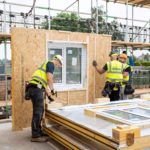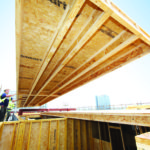Sector - Sustainability
Sustainability within construction: Waste not, want not.
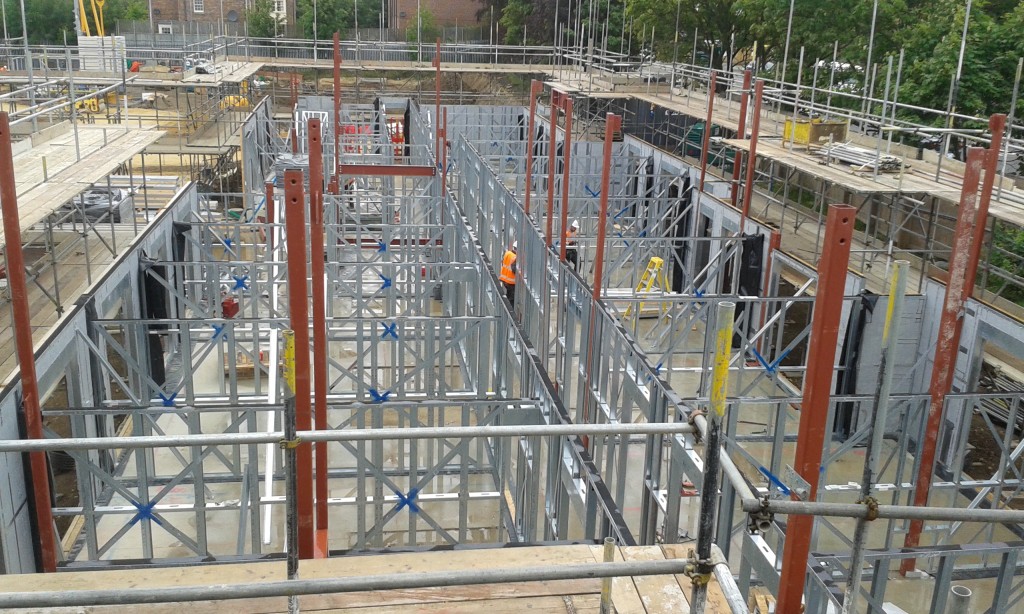
With contractors under increasing pressure to reduce their levels of site waste, as well as facing scrutiny over the sustainability of their practices, the need to adopt more efficient methods and materials within the supply chain has become an absolute necessity. Robert Clark, Head of Business Development at offsite light gauge steel manufacturer Fusion Building Systems, discusses the opportunity.
The traditional UK construction industry produces more than its fair share of waste – a staggering 32% of all landfill in fact. Every year over 400 million tonnes of materials are delivered to site and of that, around 60 million tonnes is waste – often down to over-ordering or damage. DEFRA commented in its Digest of Waste and Resource Statistics report in 2015 that while some efforts have been made to address and reduce this, very little has really been achieved in recent years.
This isn’t the case (broadly speaking) for offsite methods of construction. Because products arrive on site pre-manufactured, the waste which is typically generated through the production process is contained and managed by the manufacturer, and recycled. However, depending on what type of offsite method you use, you may still need to factor in some level of on-site waste.
If you’re using a timber frame structure, your site waste will be considerably less than if you were building using traditional methods – it would include, for example, the protective plastic packaging used during transit, as well as the stillages and the timber props for the assembly process. For projects constructed using volumetric modular systems on the other hand, you’re enjoying having the finished product delivered to site with all fixtures and fittings in place, so site waste would be kept to a minimum.
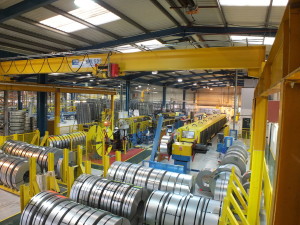
Any waste from rolls of light gauge steel at Fusion’s manufacturing facility are made into brackets or melted down and reused.
The other offsite construction option is panelised light gauge steel. This solution produces virtually zero waste on site – and actually very little in the manufacturing process too. Any steel offcuts which are collected in the very small bins in our factory for example, are simply bent through 90 degrees to make brackets, or melted down and recycled. Panels also don’t need to be shrink-wrapped for their storage or journey to site, and reusable materials are used in the assembly process.
The sustainability discussion encompasses more than material waste, however, and it’s fairly standard practice now for large developers and contractors to scrutinise their supply chain on factors such as the locality of their workforce, or the carbon footprint of their logistics operations. Local authority contracts now insist on local employment, but how are suppliers addressing this when their work requires skilled craftsmen?
Well, again the offsite approach can offer many benefits. Fewer personnel are required on site compared to traditional methods of construction. This is regardless of which system is being used because the labour required for the manufacturing process is located back at the factory. For our projects, we typically only have three or four skilled erectors on site – and these are people who will lodge locally until the contract is complete to save on unnecessary travel. If more personnel are required, we’ll recruit locally, having our trained erectors working alongside them to ensure the job is completed to the high standard our clients expect.
In terms of transport, we’ve calculated it takes five times fewer lorry loads to transport our light gauge steel panelised structures to site than it would for the equivalent requirement for traditional building materials to be transported. This not only has a considerable impact on the carbon footprint of the construction process, but is also significant in managing the logistics of the build programme, especially when working on a site with restricted access – not least because of the reduced impact on local residents.
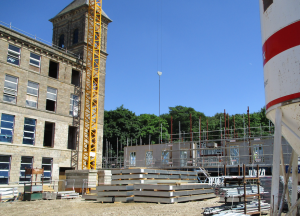
Fusion’s panelised system is efficient to transport to site
Finally, a conversation about sustainability in construction can’t be complete without reviewing the environmental credentials of the finished product. But, whatever new technology is installed, however advanced the performance of the materials are, or whichever energy self-generation systems are specified, a building constructed using offsite methods will always have a far better ‘ecohouse’ performance rating than one built using traditional methods. This is because the overall credentials of a property are calculated based on mass, rather than efficiency – and for that, offsite systems will always top the sustainability charts.
Related Articles
More Sustainability News
- Major boost for mine water heat revolution
29 Jul 25
New study shows 87% of coalfield boreholes succeed.
- Plan to kickstart onshore wind revolution
17 Jul 25
Onshore wind is set to accelerate over the second half of the decade.
- Homes England supports Greencore Homes with new sustainable homes
16 Jul 25
Homes England will provide funding to support the delivery of Milton Heights.
